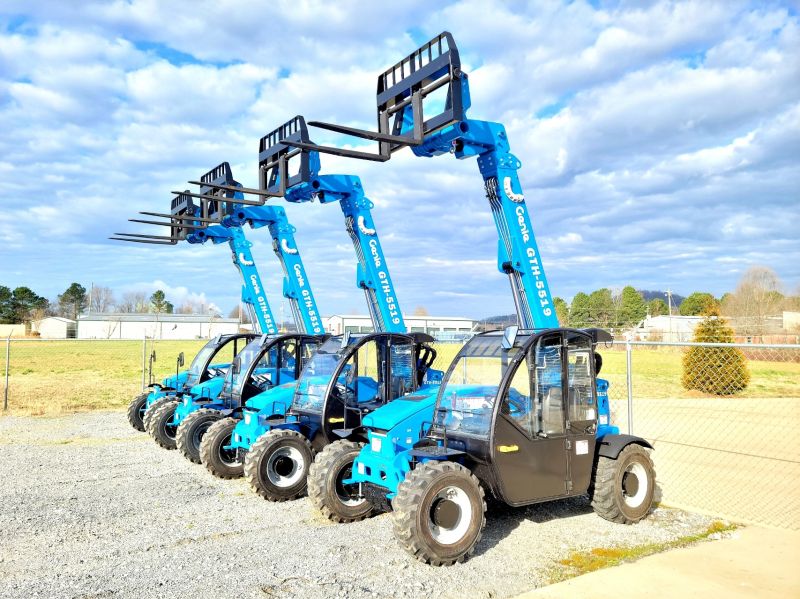
The right equipment makes challenging jobs easier and more efficient and reduces strain on workers—and forklifts are no exception. These machines are mobile and rely on an operator who uses the mounted fork to pick up and transport heavy loads safely and quickly. Forklifts are found in a variety of industries known for using large, bulky materials, including warehouses, construction, and agriculture.
Buying a forklift is an investment, but purchasing a used model can help reduce the initial cost. Before buying a preowned forklift, it’s important to understand personal requirements and the unit’s condition to be sure it’s a good value. The following guide breaks down these two categories.
A piece of equipment is only worth buying if it meets your needs. You probably already have a general sense of your requirements, so split that list into must-haves—features that are necessary for the machinery to fulfill the job as intended—and nice-to-haves, such as comfort options.
Your must-haves should focus on what the forklift needs to be capable of doing. This might include the lift capacity, reach, and size based on where it will be used. Depending on your work environment, you might also need to consider enclosure requirements for worker safety and terrain to ensure you choose the right tires. Knowing how much you plan to use the equipment will also help determine what level of wear and tear is acceptable on a used forklift.
Since forklifts are powered by different types of fuel, such as gas or electricity, it’s important to consider your current infrastructure and energy costs to help determine which type of engine is right for your new equipment.
Your priorities and nice-to-haves might change as you start researching, but establishing some baseline requirements ensures your equipment purchase will meet your needs.
Once you have a few used forklifts in mind, it’s time to evaluate the options to make sure they’re up to the task. Below are a few variables worth inspecting.
First, look at the quality of the fork itself. There shouldn’t be any significant physical damage, such as cracks or warping. The lift blades should also have a consistent thickness. If it seems to vary, then the equipment might be too worn down to be steady. These types of major issues can lead to a forklift needing to be replaced sooner than you planned.
Next, make sure the fork mechanism lifts and lowers smoothly all the way. Jagged movements may indicate poor maintenance or issues with the chain and rollers on the mast, which you should also inspect for signs of damage or rusting.
Checking a used forklift’s tires is similar to checking the tires on a car. The tread wear should be even across the surface and still have enough traction for safe, reliable operation. An overly worn tread means you’ll need new tires sooner rather than later; this might not be a dealbreaker, but it should be factored into the cost.
You’ll also want to look for signs of a leak. This might show up in the form of pooling fluids underneath the forklift or fluid in the transmission, radiator, and mast.
When you’re sure the used forklift is in good physical condition, it’s time to check the power features. Manufacturers typically provide life expectancies for the batteries in their machinery, so you’ll get a sense of how much longer it should last. Batteries should also be free of cracks, leaks, or corrosion. Test the brakes, lights, and steering to be sure they work properly. Additionally, check the horn, guards, and seat restraints are in working order. These are all crucial components that help keep your workplace safe.
Sourcing your equipment from a reliable provider ensures you’ll have the information you need to feel confident in your purchase. Our forklift inventory features clear specifications and expert assessments to make your search easier. Check out our current selection and contact our sales office for more information.